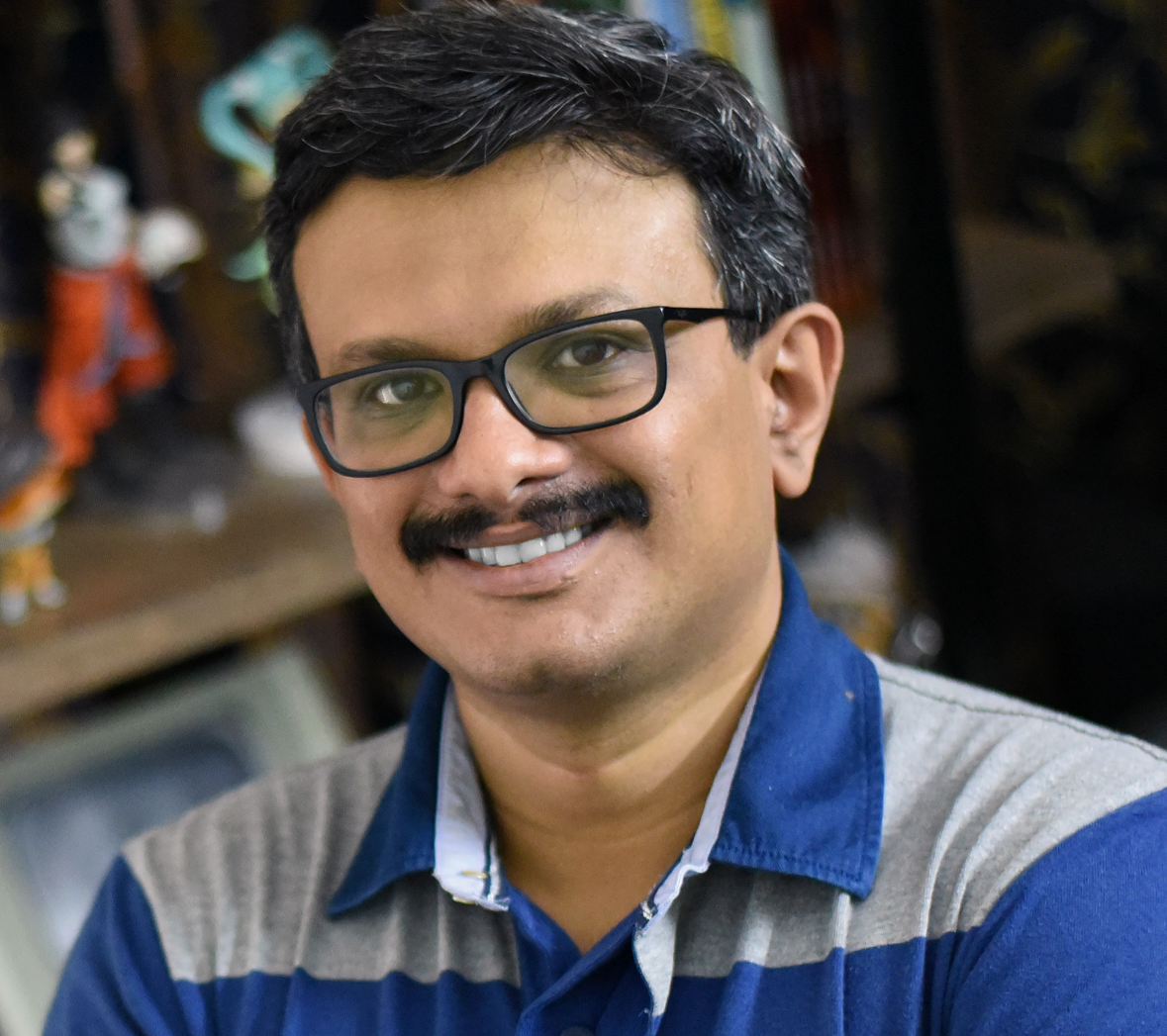What’s in my camera bag – 2020?
I’ve been asked this question a lot, which camera do you shoot with? What kind of lens do you use? How many camera’s do you have? Let’s find out.
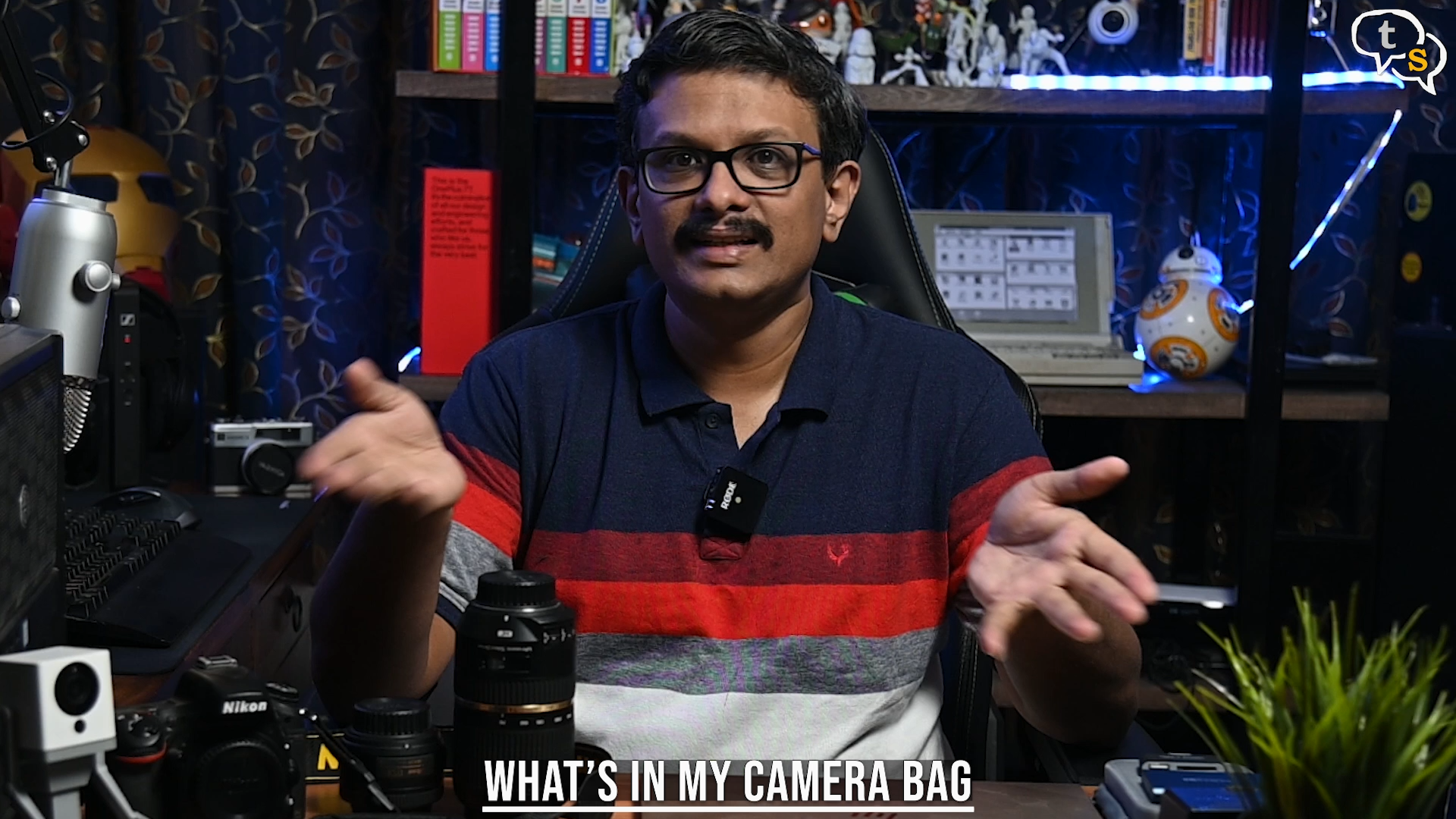
I’ve been uploading to YouTube for almost 4 years now, and along the way I have picked up a decent amount of gear. My gear is not extensive for all purposes, just for the basic run and gun but mostly to shoot videos in my home studio.
This kit is what I generally carry when travelling, but I have toned it down to make it lighter and easier to move around.
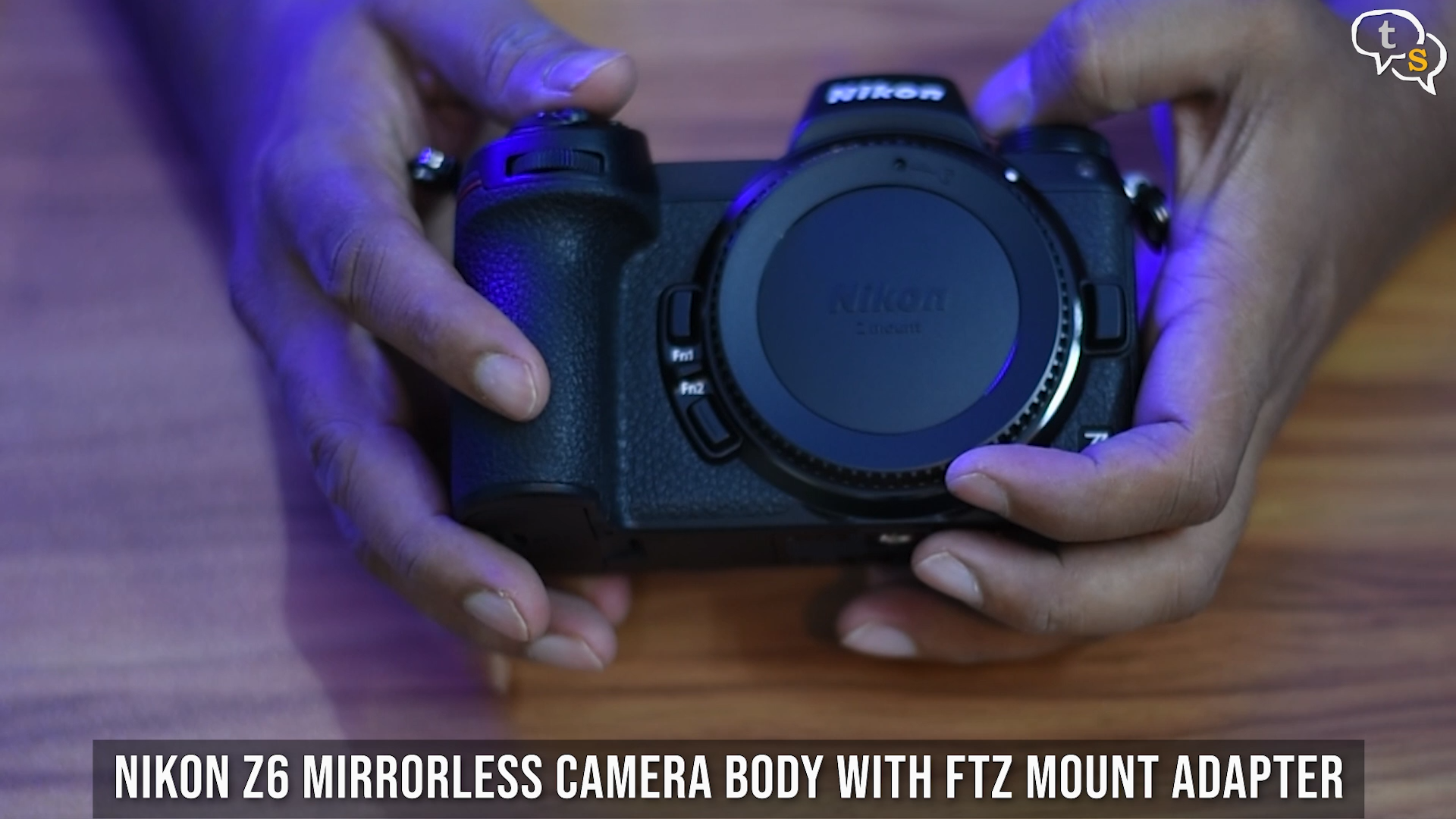
So what do I generally shoot with, it’s the Nikon Z6, Nikon’s entrant into the mirrorless camera space.
This is the camera I shoot everything with, my YouTube videos, thumbnails, b-roll. It’s just awesome. The sensor is full frame, allowing for a beautiful natural bokeh.
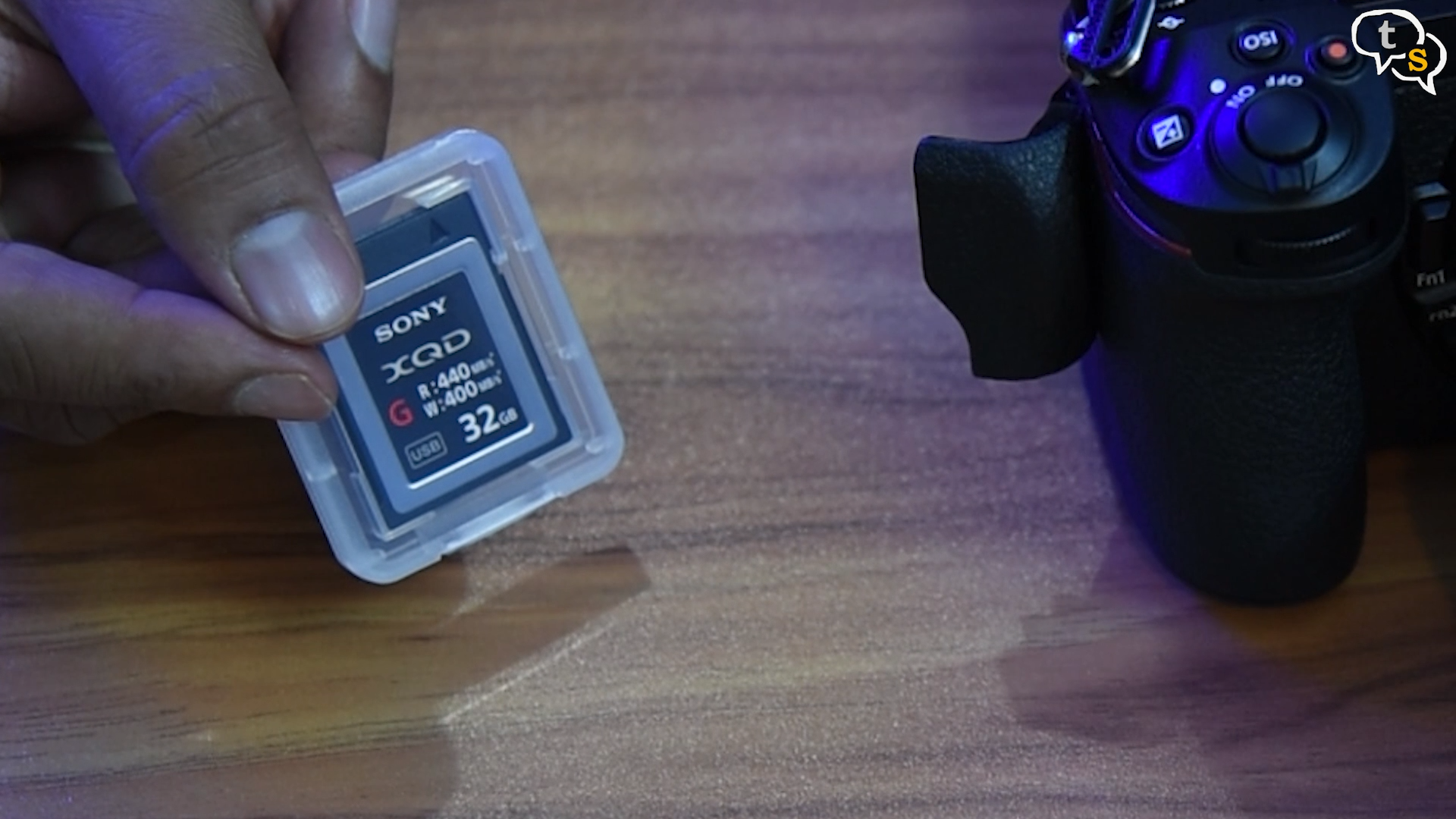
It uses XQD cards which are prohibitively expensive. I had this card bundled with the camera so that was lucky.
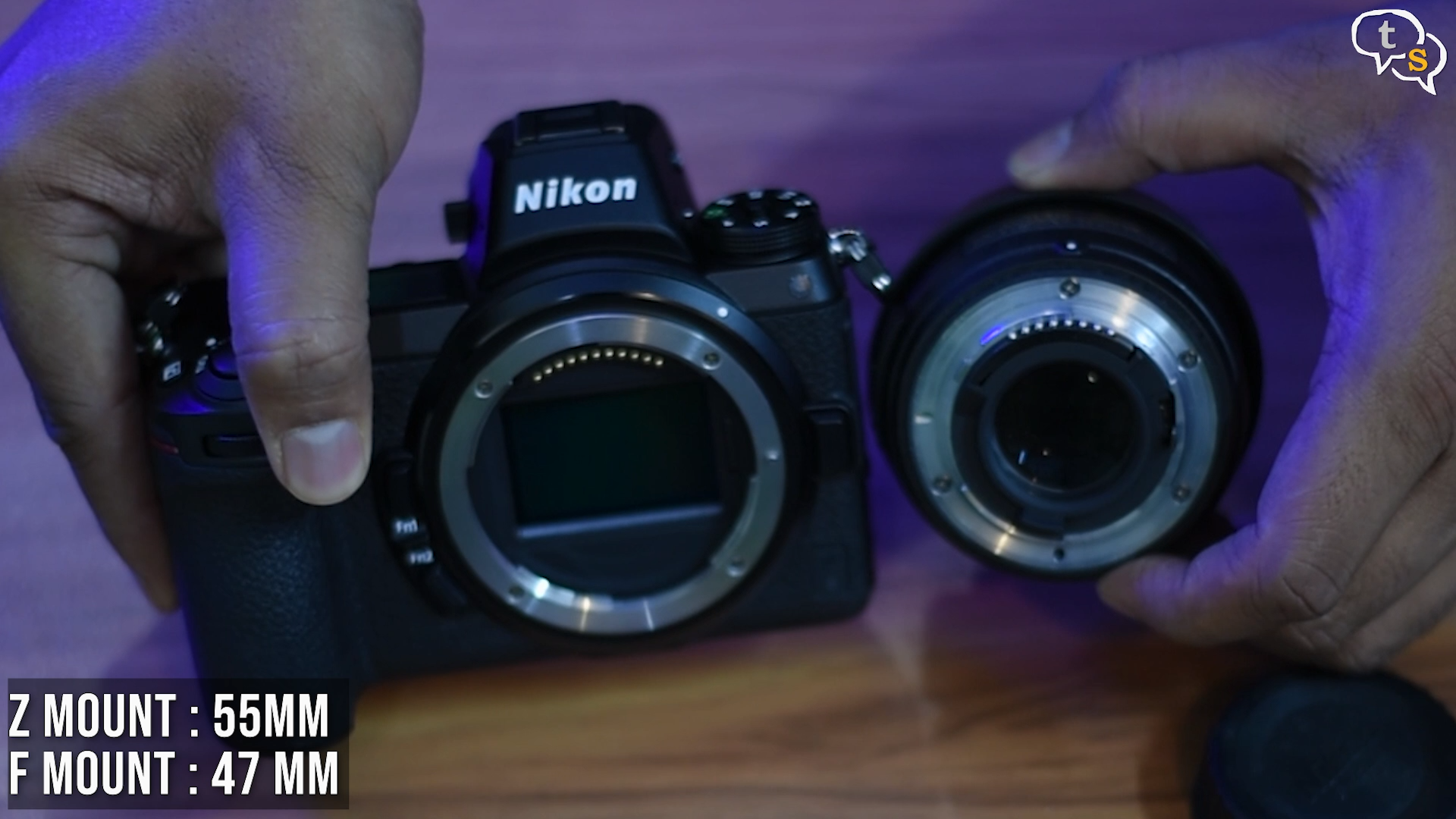
The camera uses a Z-mount which is a newer 55 mm mount as opposed to 47mm in F Mount. The reason I went with Nikon is that I have a few Nikon glass, and if I purchased any other brand, I would have to re-purchase lenses, and these lenses cost as much or more than the cameras themselves.
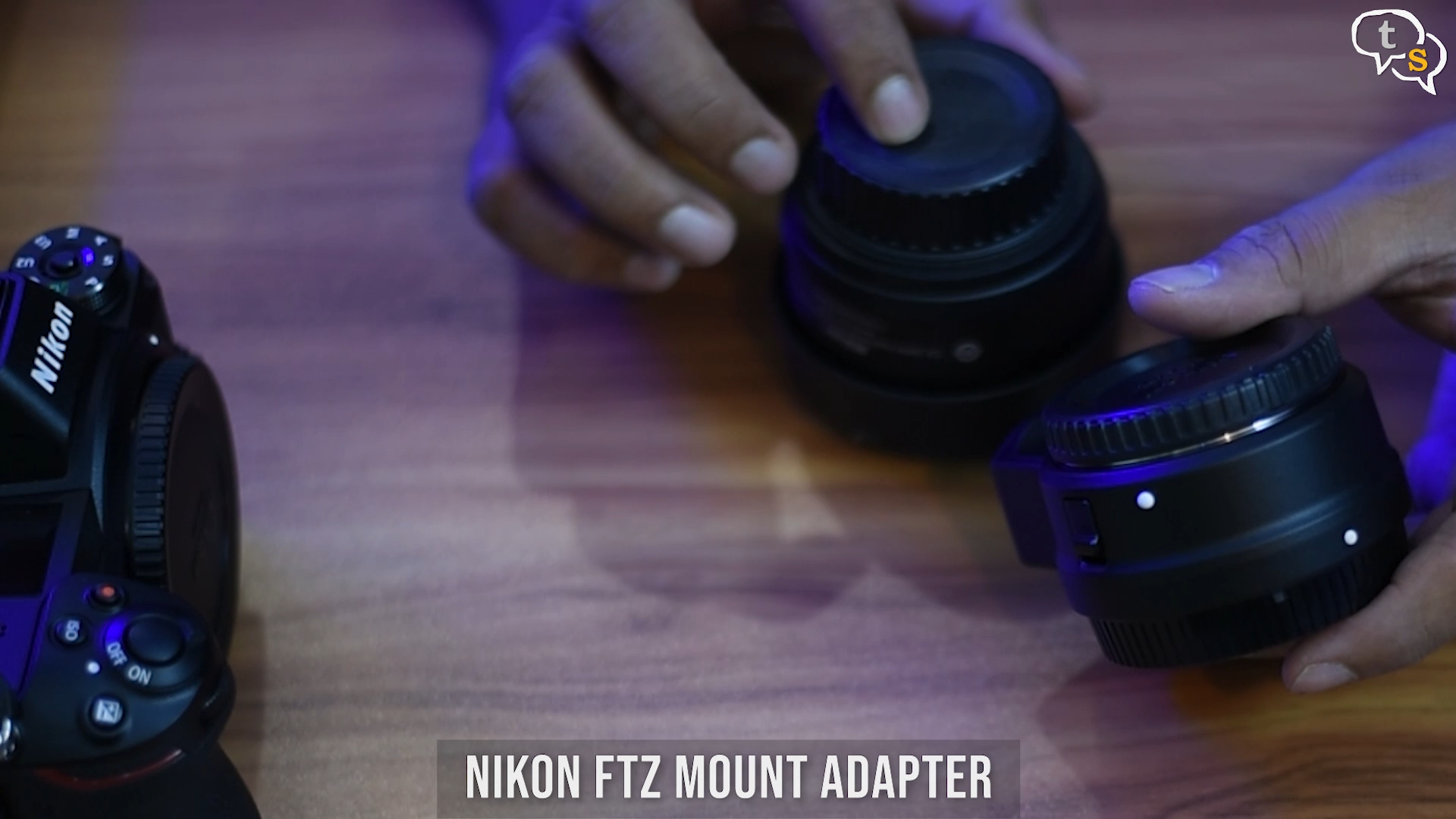
Ah, so I purchased the Z6 camera without any lenses but with a FTZ adapter which converts my older lenses from f-mount to z- mount. So now I could use all my older lenses with the newer camera. The lenses being Nikon work perfectly for my use case, but the z-mount lenses would have been smaller and quieter. But this helps me upgrade without having to break the bank.
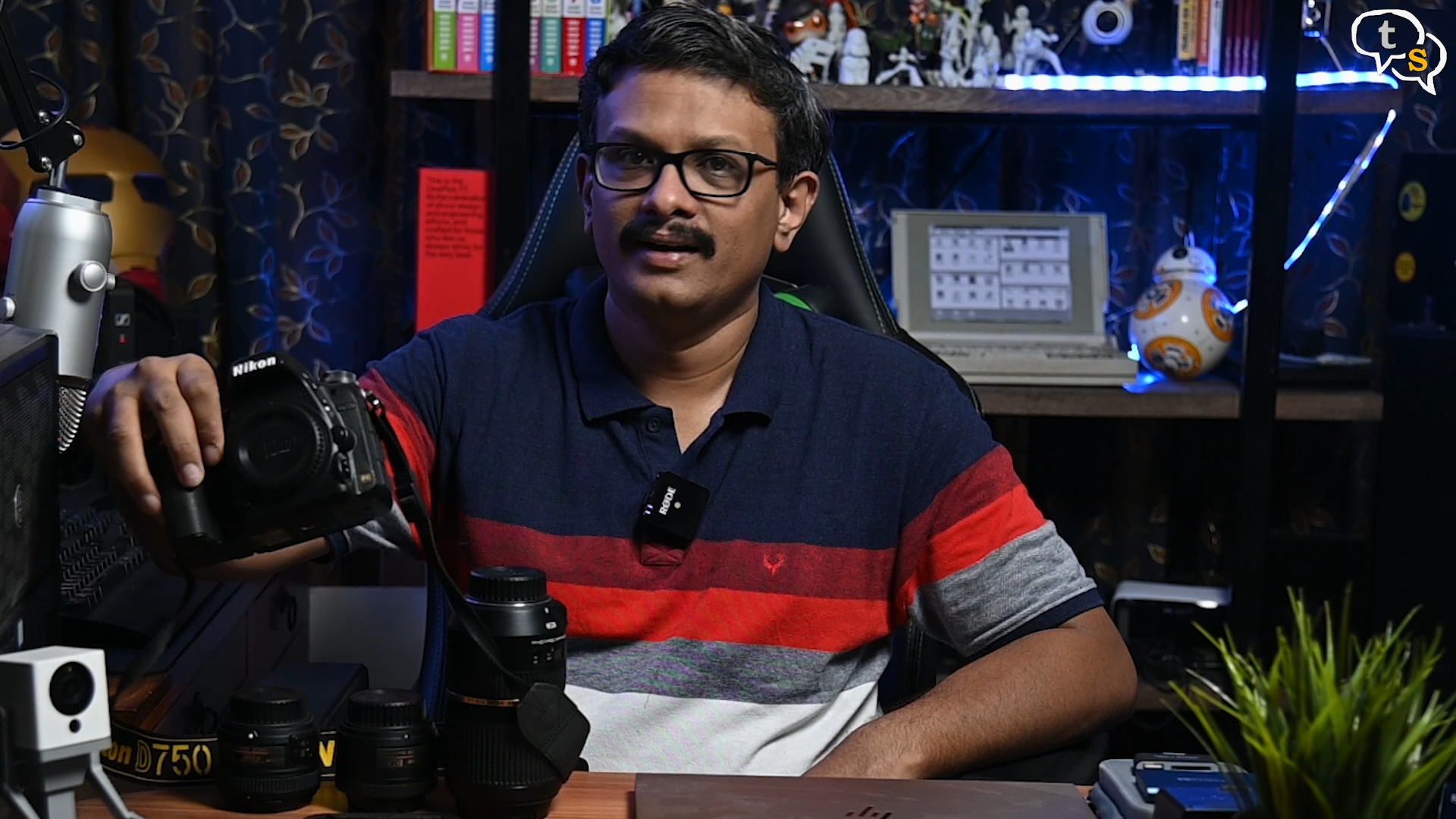
All my videos are either shot on the Z6 or the D750, I use the Z6 more because of it’s autofocus capabilities while shooting video.
So, let’s get on with the lenses I use with the camera.
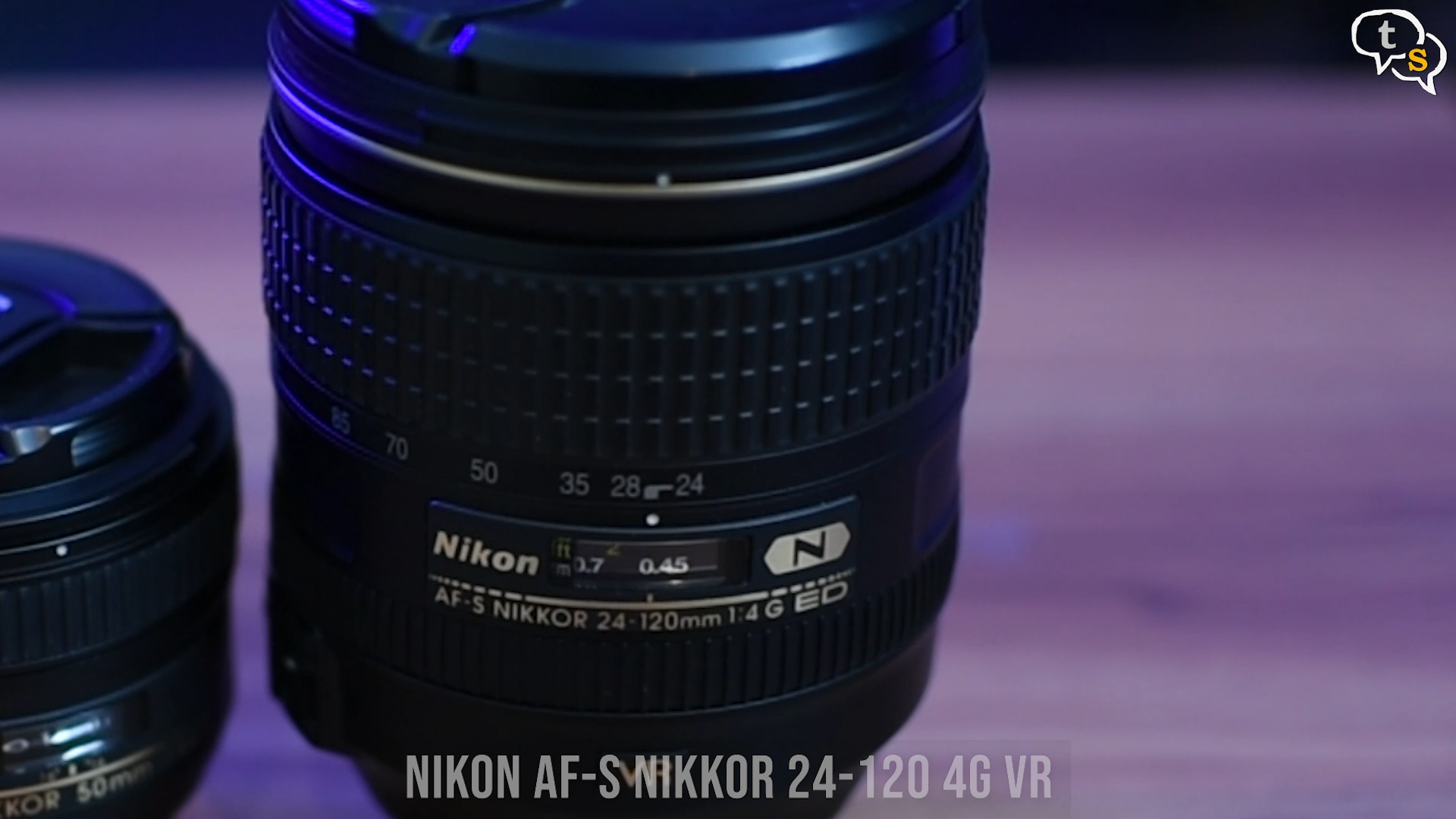
Firstly we have the Nikon 24-120 F4, a great kit lens with a good enough zoom range. It’s a FX lens so it can be used with full frame cameras without any crop. This was the kit lens bundled with my D750. It’s great and it can stay at f4 throughout the zoom range which is something not all lenses can do. But at f4 it’s not a very fast lens, but it’s still great.
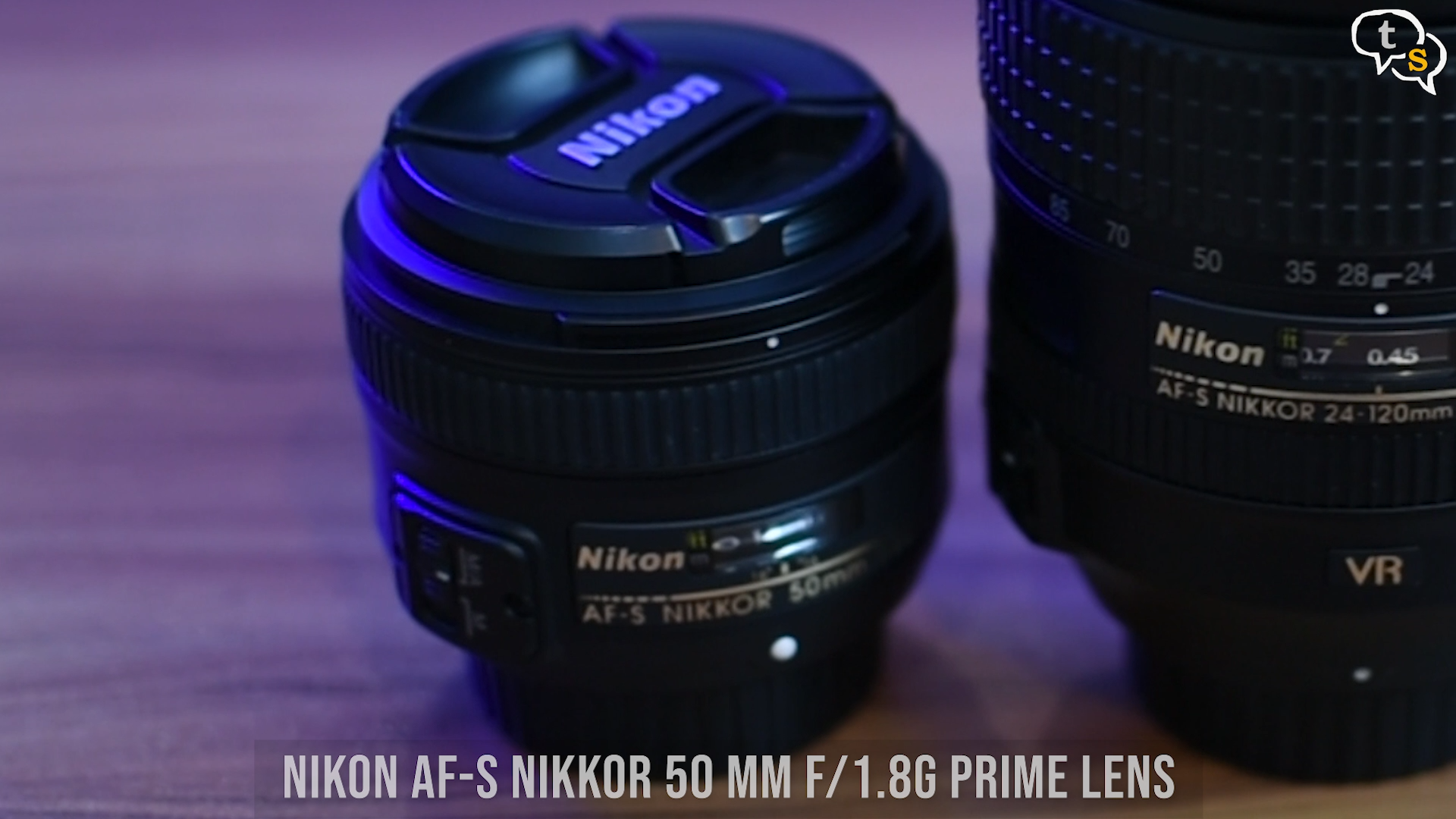
Next we have the 50mm f1.8 lens that I use whenever I need creamy bokeh. The f1.8 aperture just lets in a lot of light and the depth of field is just fantastic. Being 50mm it seems to punch in a bit more, and I need the camera to be quite a distance away from me to get the same angle. But the sharpness and bokeh for a budget lens is fantastic. Links are in the description.
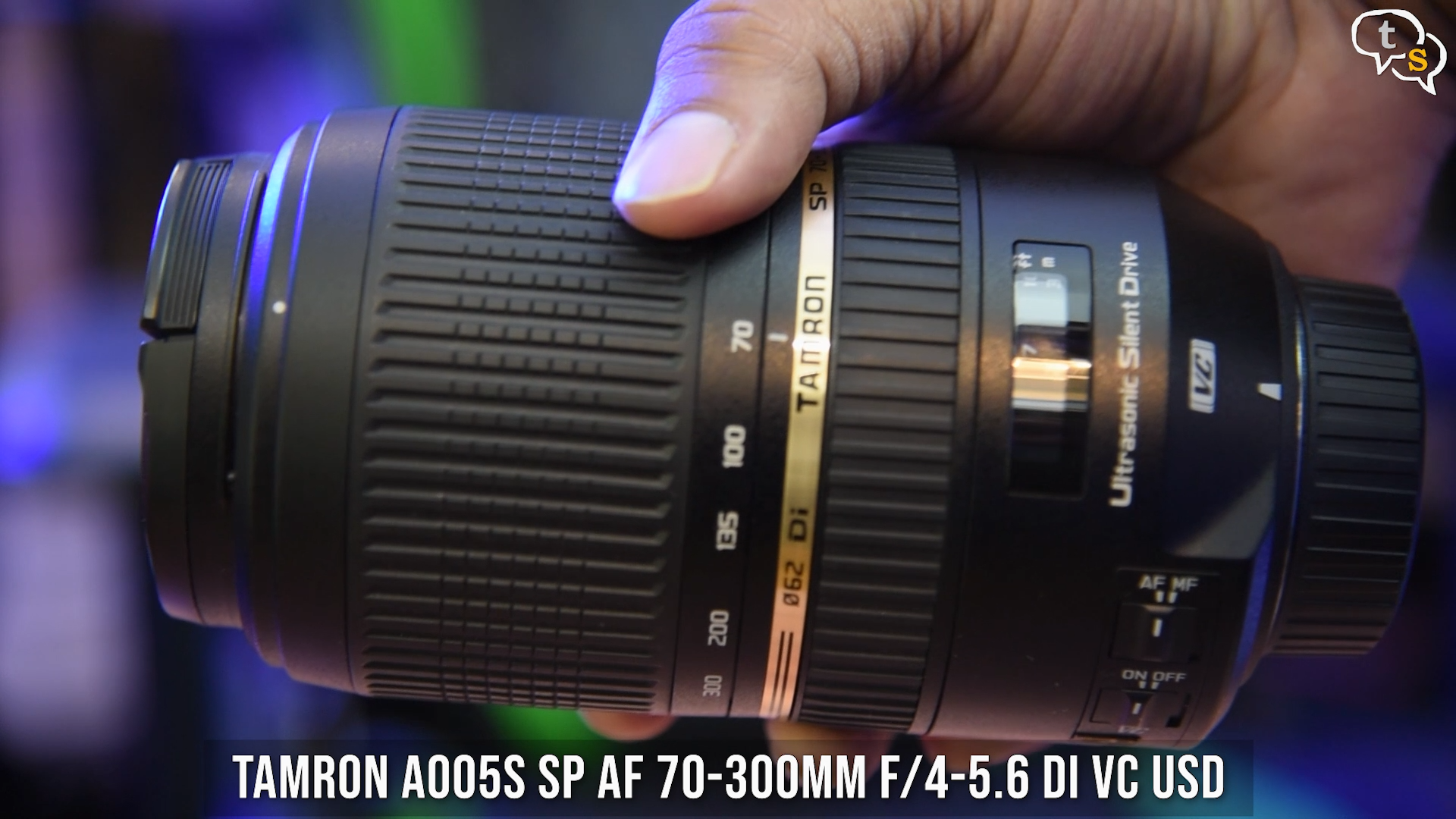
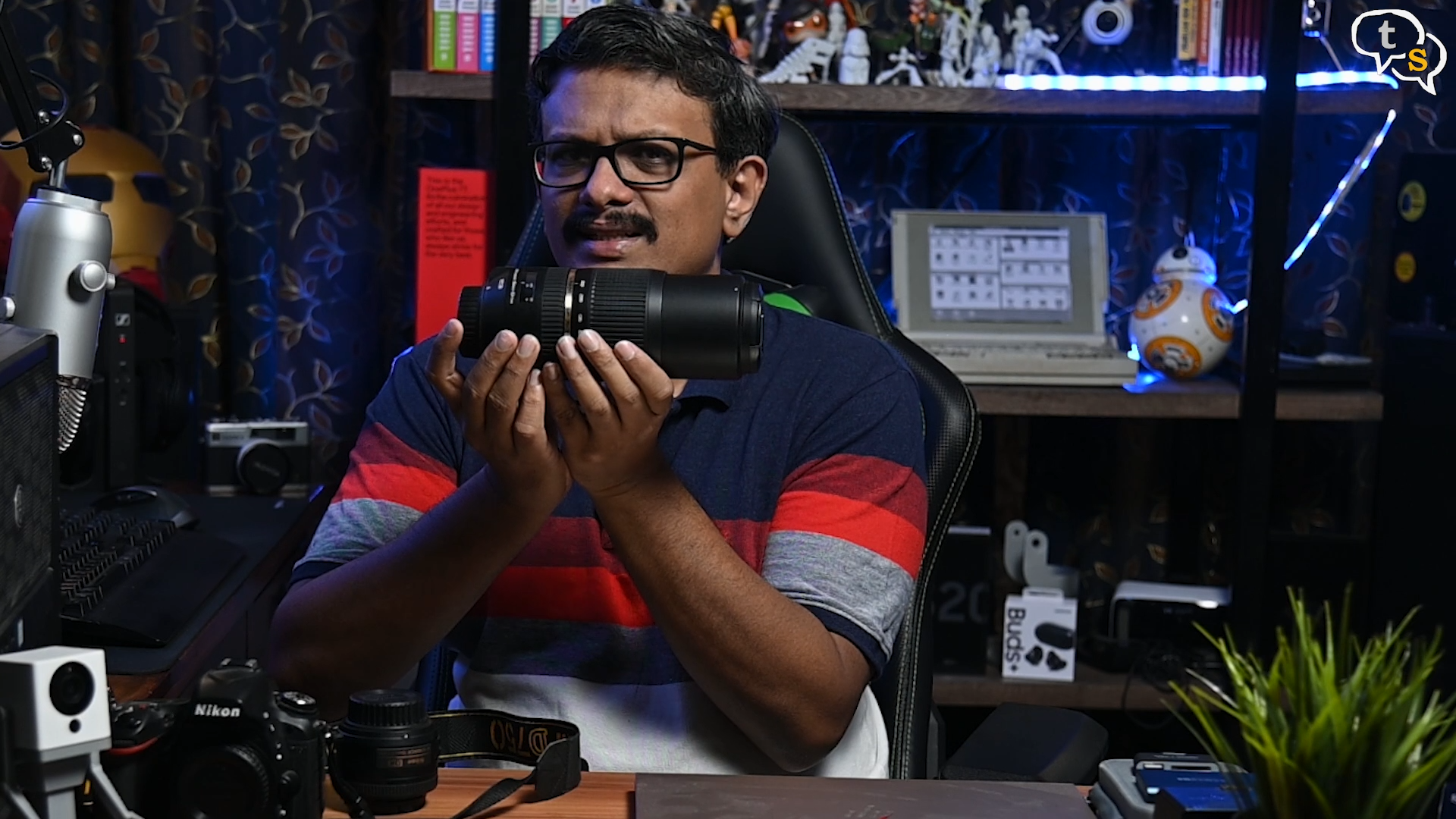
Next we have the Tamron 70-300 F4-5.6 lens. This is one lens with a great reach, especially when you need the zoom. Amazing lens, not the fastest or brightest, but it’s still kind of a budget lens at around 30k. There are two versions, one with the ultrasonic drive and the other without. The other lens is around 11k and would also be missing Vibration Reduction or Vibration Compensation as Tamron calls it, which is necessary when you can zoom so much.
The 11k model would work well with a tripod, but I like to handhold my shots,so I picked the higher end model.
If you’re using a Full frame camera make sure to look for FX on the lens, which indicates a full frame sensor. If you use a DX lens on a FX camera you will not have enough lens to cover the entire sensor, effectively cropping the image. We do have a DX mode on the cameras, but for full utilization of your camera make sure to pick up the right lens.
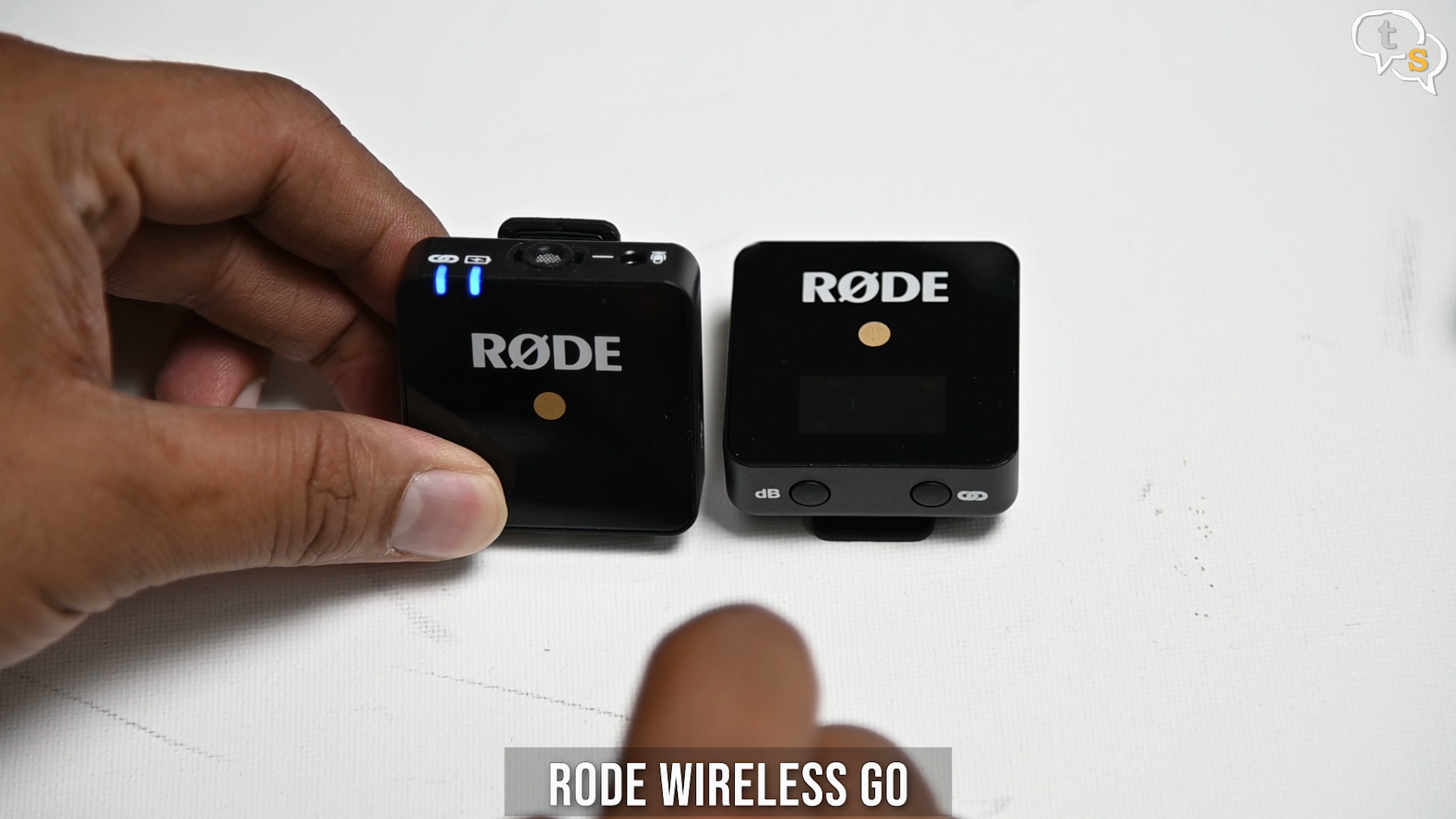
Next let’s get to the microphone I use. I just love this mic, it’s the Rode wireless go. They’re quite small, the receiver is always attached to the camera and I just need to turn them on and boom, we have wireless audio. Being wireless, I have the freedom to move around without losing audio quality. I have a full review on these mics, which can be found here.
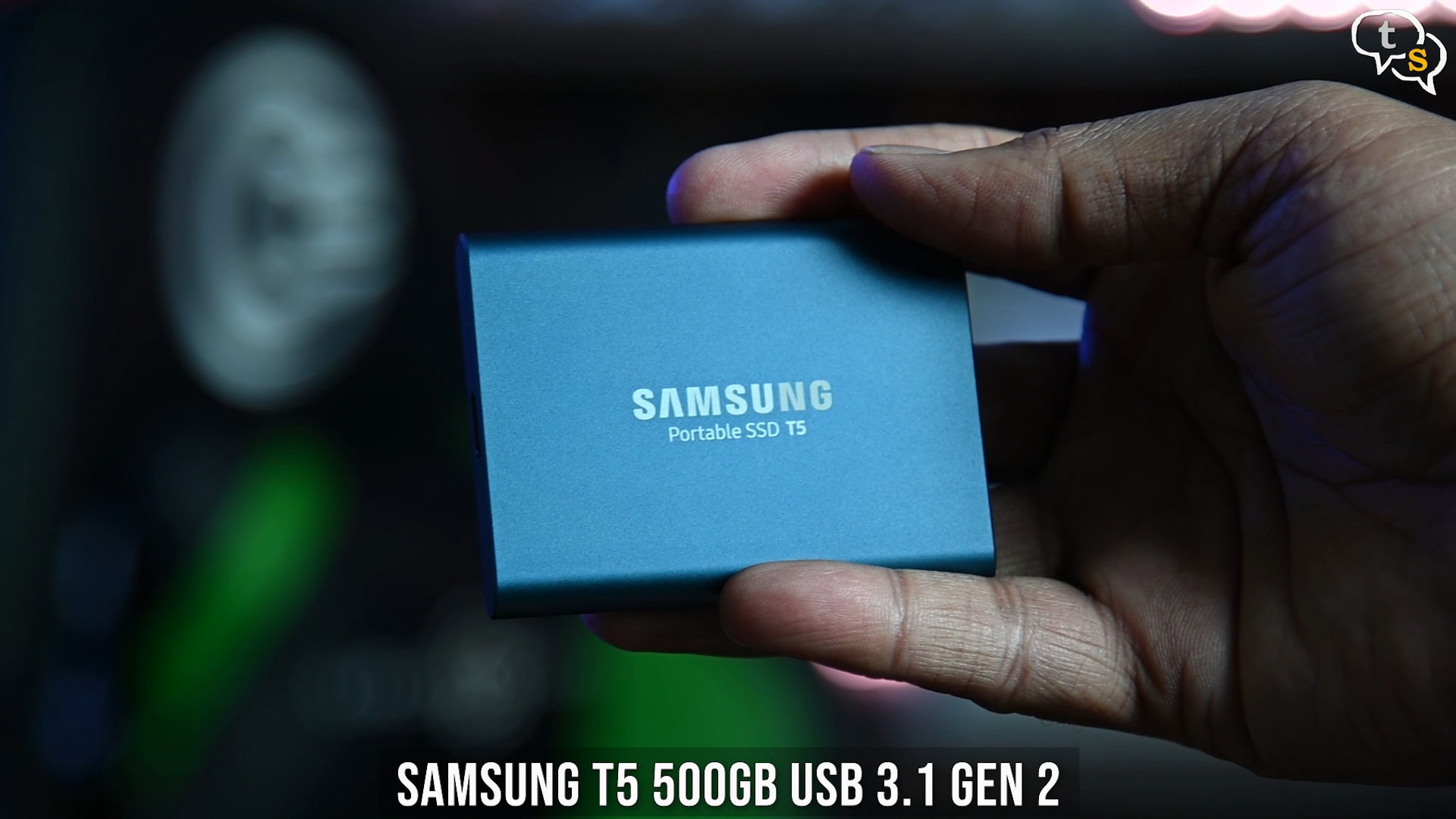
Next, we have a SSD for backing up the photos I take. Very important and something I guess you should get used to.
As I sometimes shoot for my YouTube videos while travelling, having a backup is important.
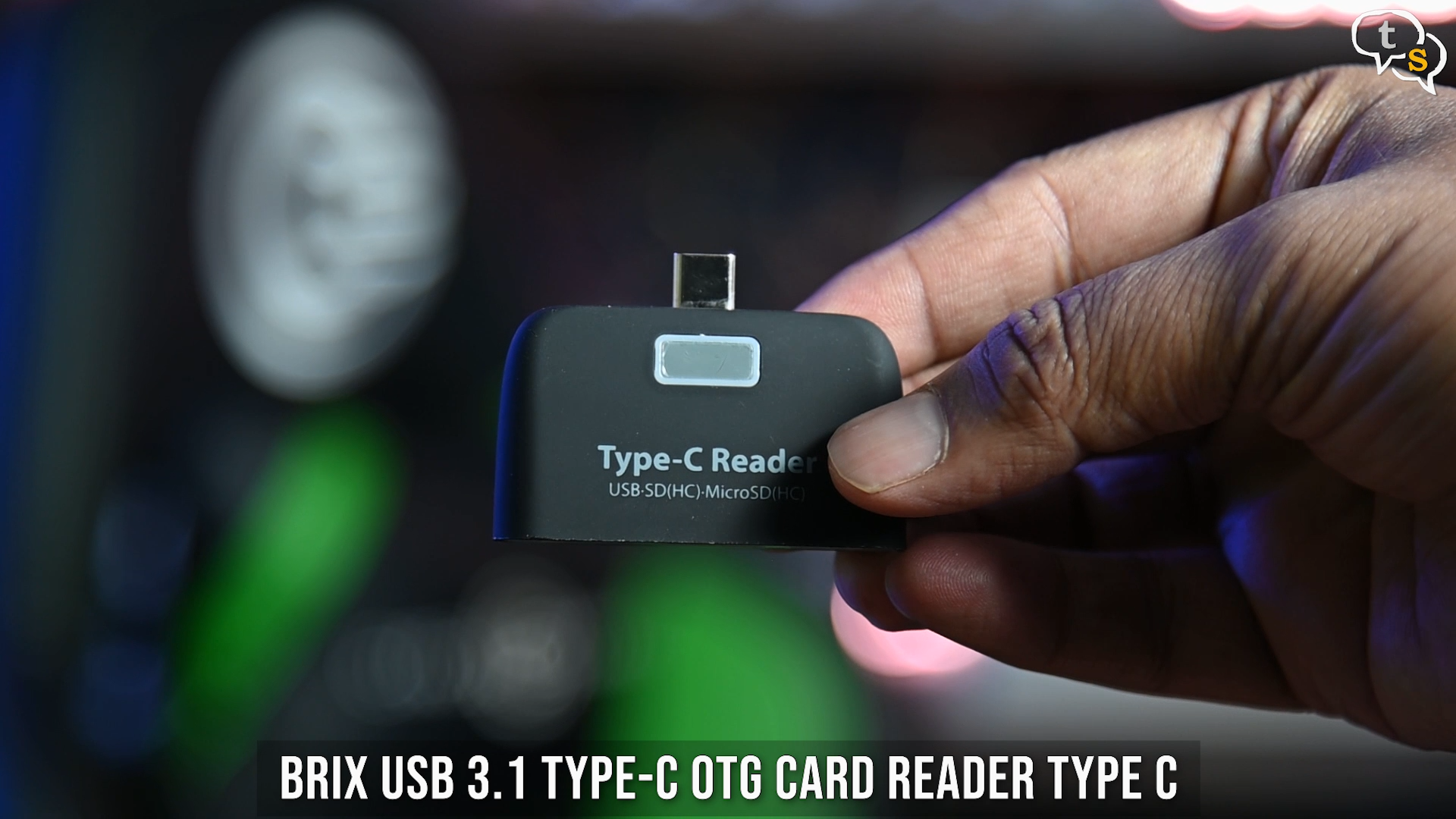
Quite small, fast and not prone to mechanical failure when dropped as it has no moving parts, a must have. Also in the hard drive case, we have a OTG memory card hub to allow backing up your data, and extra memory cards.
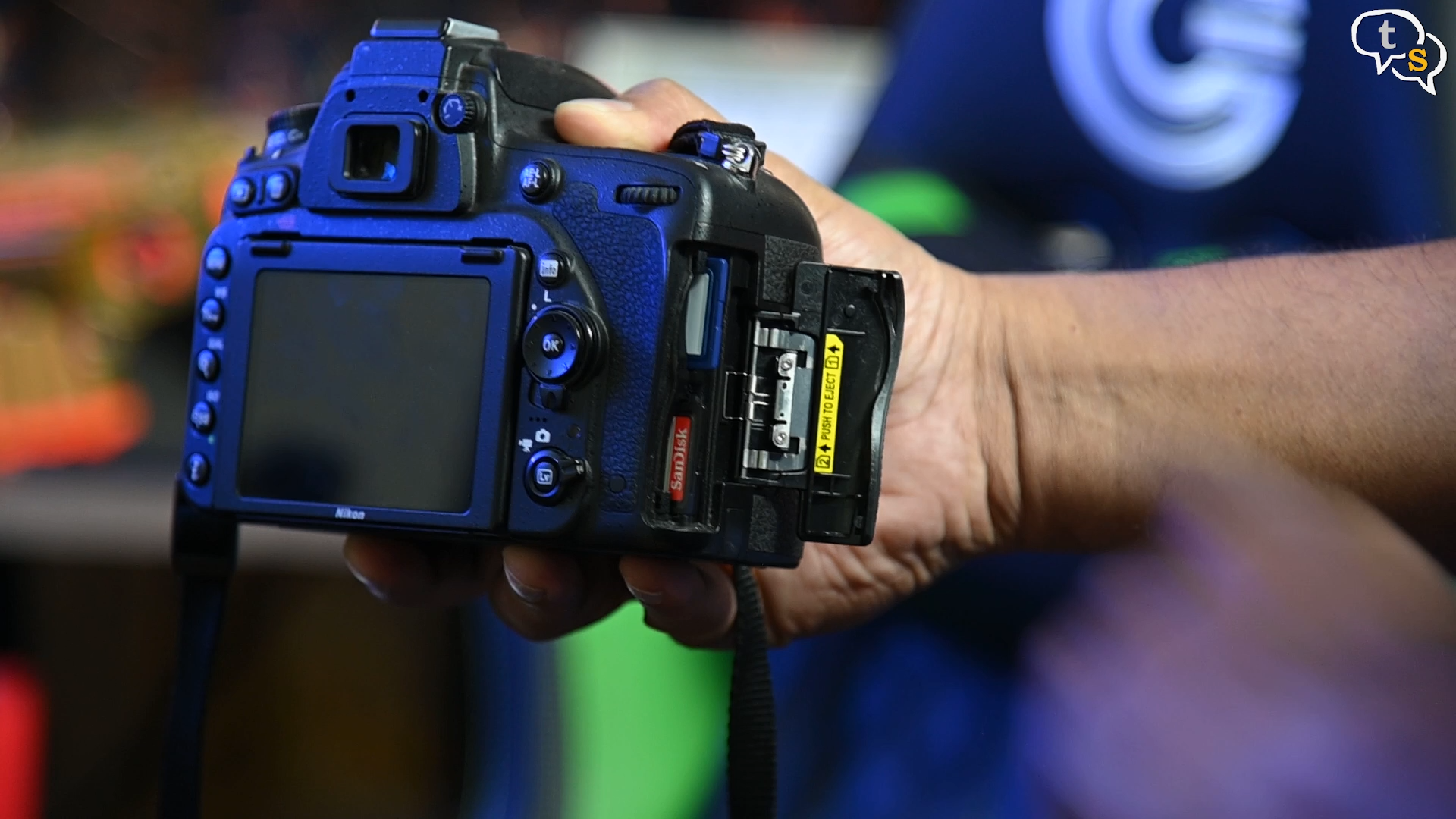
Memory cards, I have only one at present and it’s within the Z6 which is XQD a kind of new standard, and I got only one bundled with the camera, so that’s my only one. My D750 has two slots and uses SD cards, which are relatively cheaper, so I have two of them in the camera.
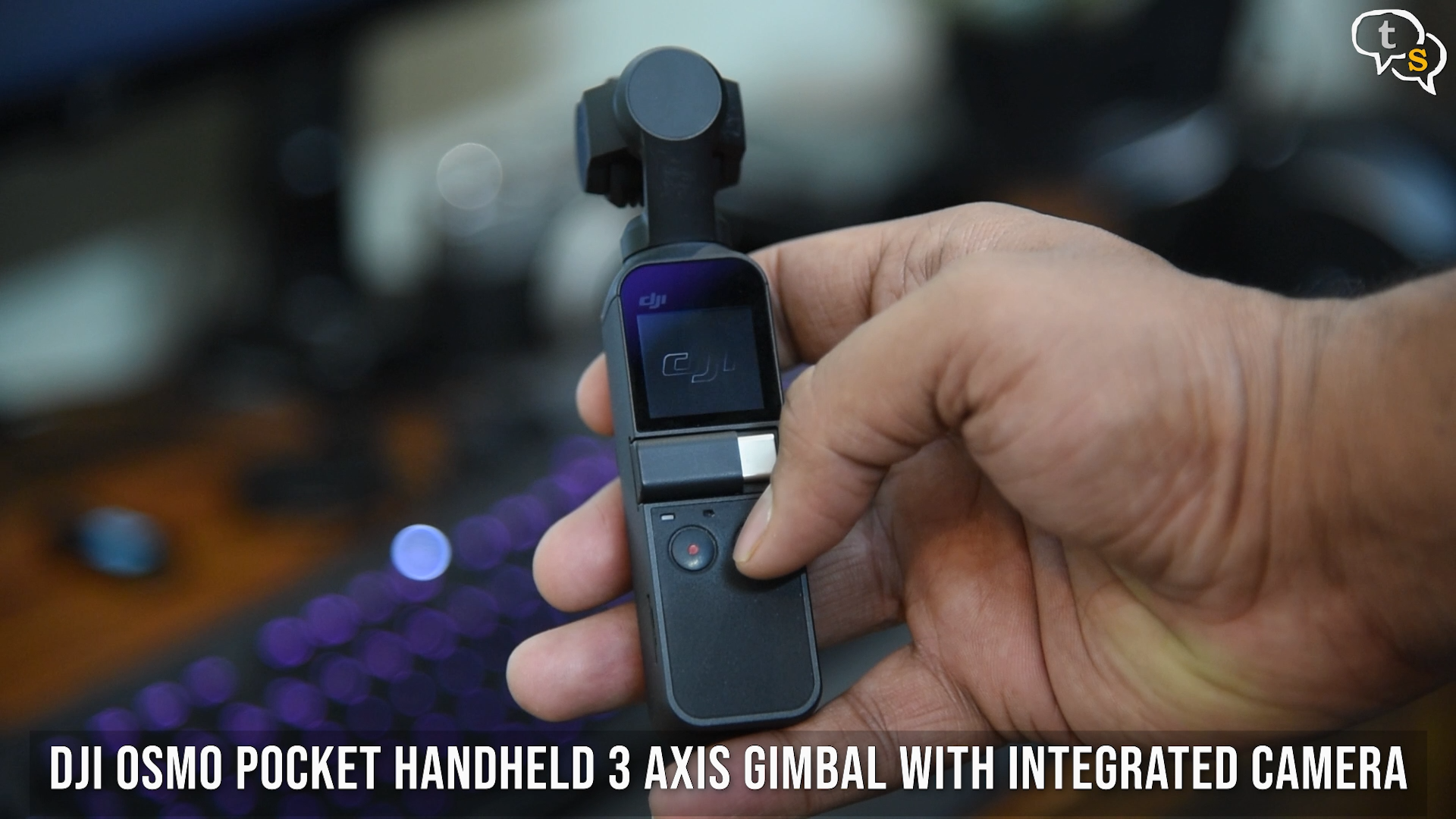
My other camera is something I picked up when I want to travel light and still have great stabilized shots. The Dji Osmo Pocket is a 3 axis stabilized gimbal and it’s just fantastic. Had taken only this device with me during my trip to the US and also Bangkok, and it was so easy to handle, just pocket it when done. It comes with this protective case, and the required phone adapters to link the device to your phone.
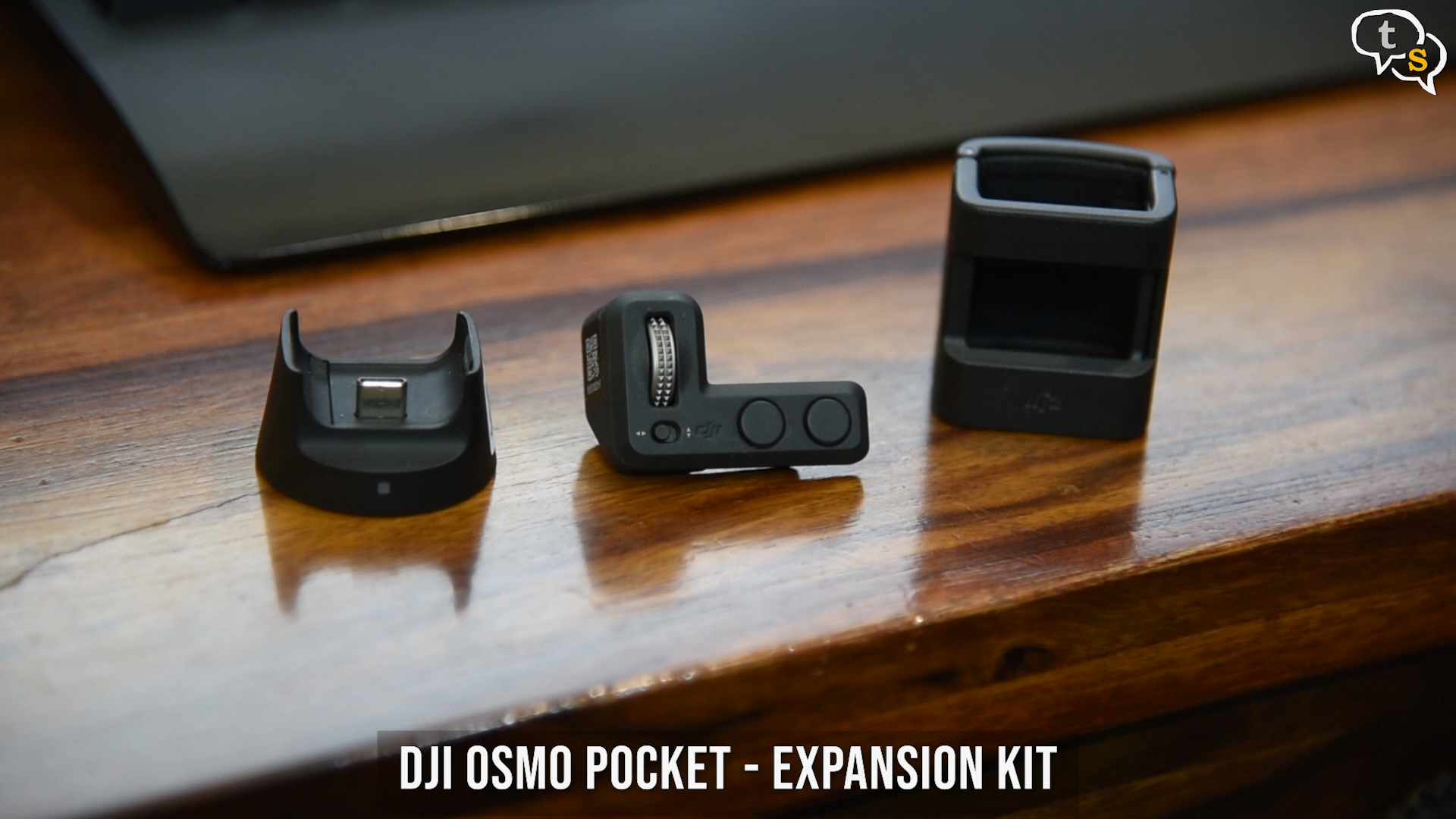
When in the US I picked up the expansion kit, which included a control for pan and tilt, a GoPro mount and also a wireless adapter, which allowed me to copy off the device without having to have the device attached to the phone physically. Review of the kits is here.
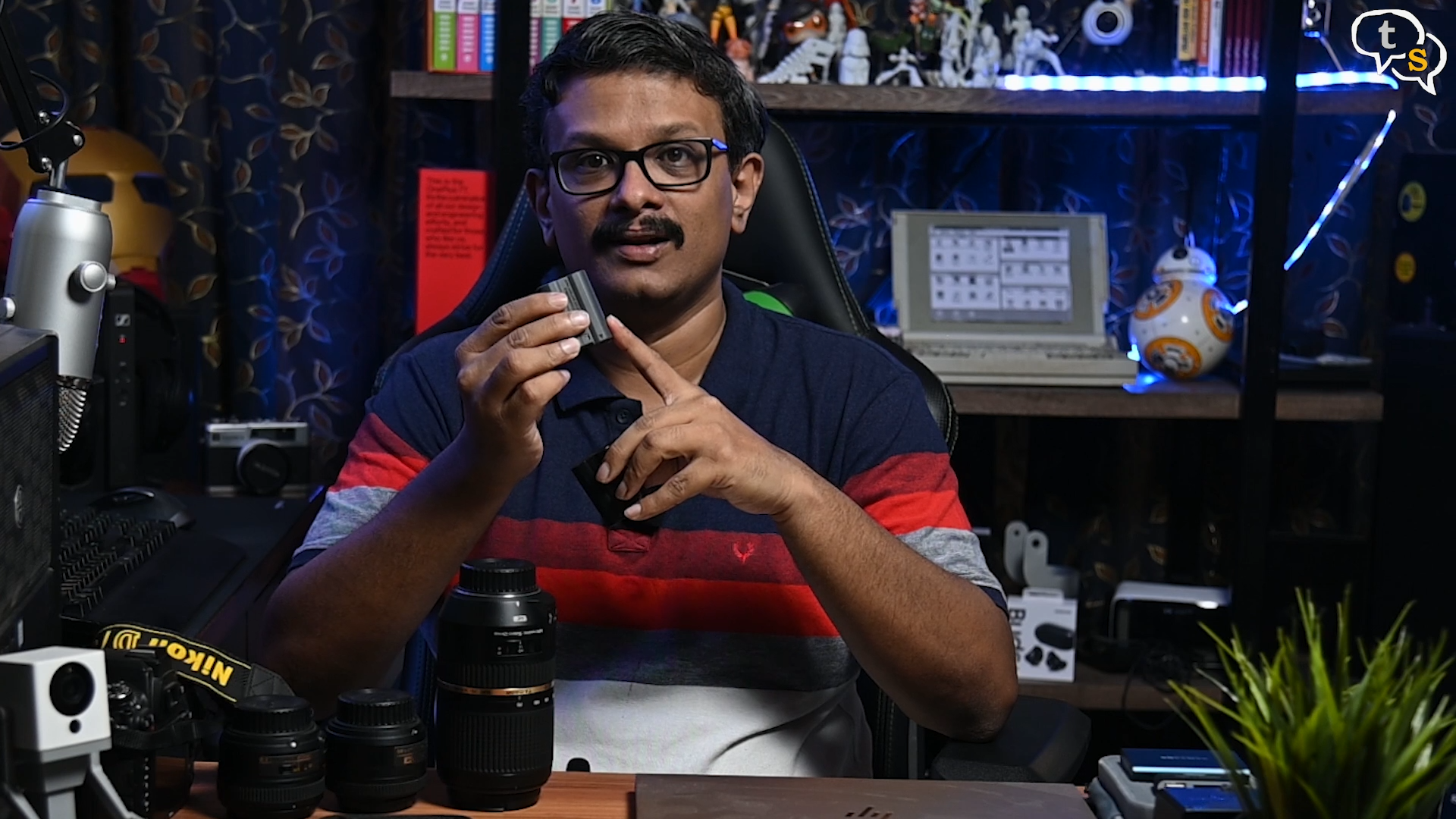
Of course, we can’t have all these devices and not have batteries. So here are EN-EL 15’s that I use in the Nikon Camera’s, I have one more which is the EL 15b, it’s the same size as the other 15, but this is a newer model, and this battery can be charged when in camera with a USB-C cable. The other batteries don’t charge in camera.

The charger provided is the same as the one with the D750, so I can charge up the batteries with any charger. Which is neat.
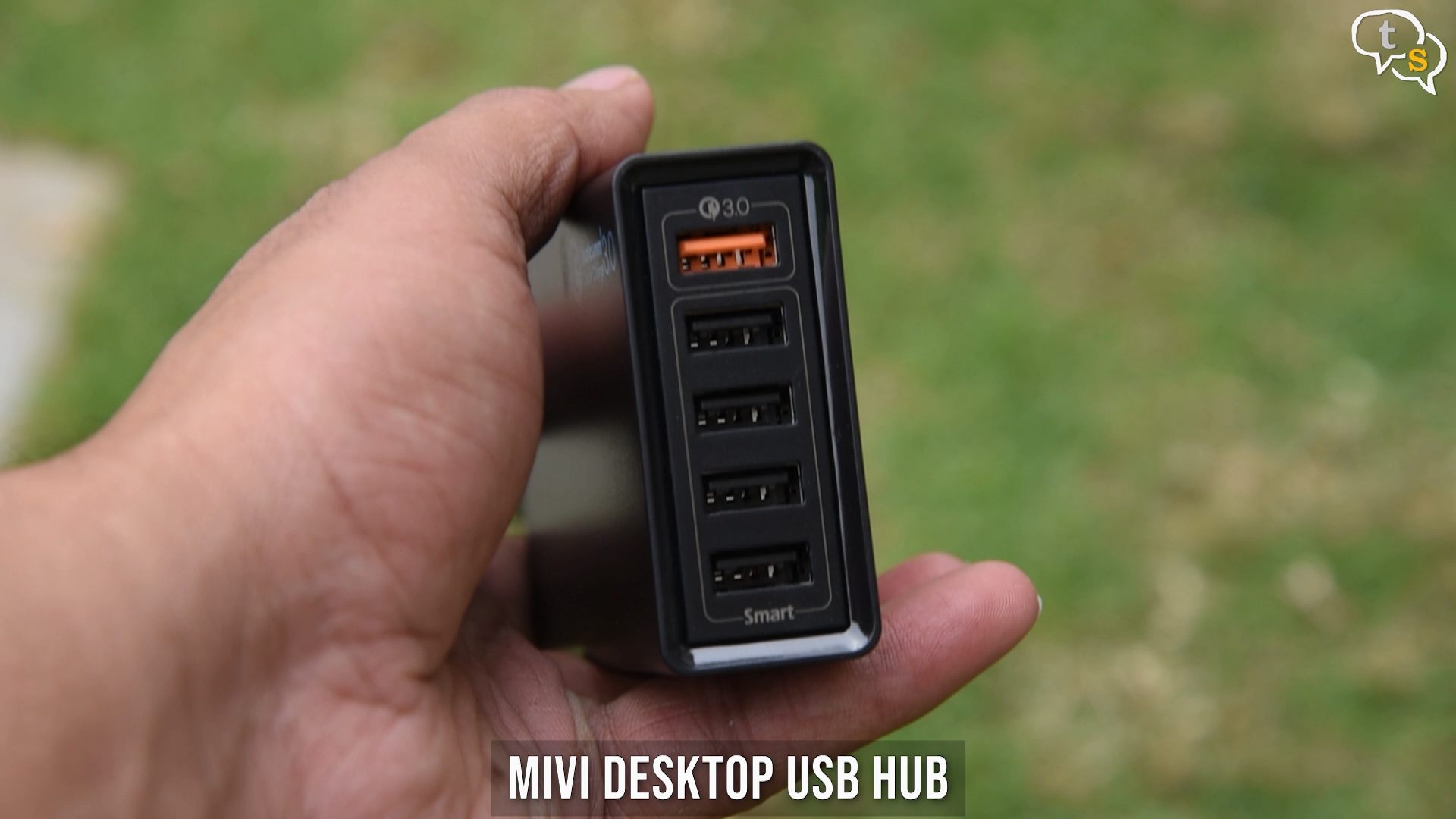
Then I have this charging hub, which I can use to charge up multiple USB devices using up only one slot. I generally also carry a surge protector, which I pack into my main luggage. As most hotels only provide one outlet and I have only one country adapter converter, this allows me to plug in to the socket and have 4 outlets to power the devices with their original adapters.
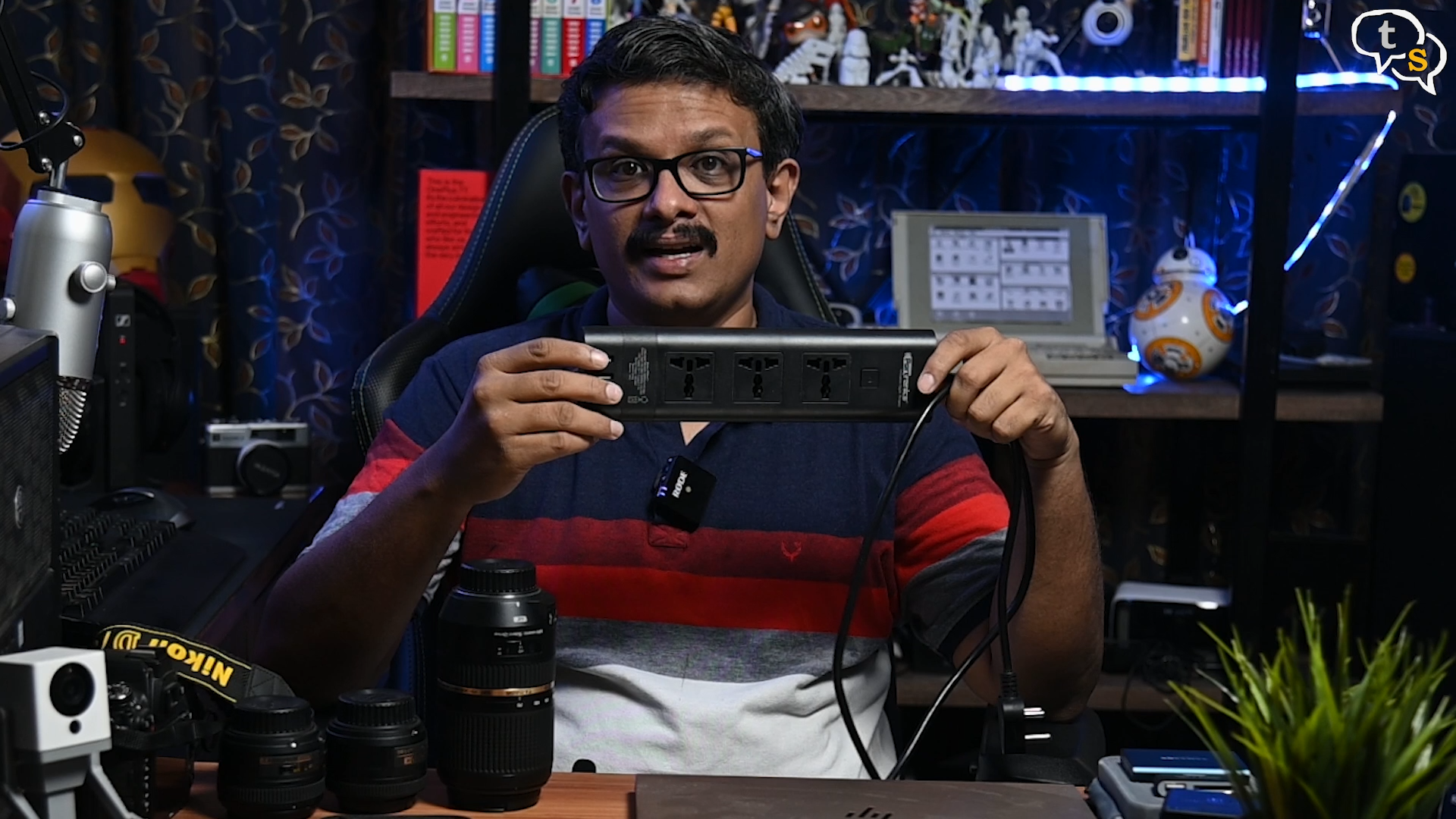
This surge protector I have, also has USB-Ports which allows charging my mobile devices. But they don’t have the juice to quick charge my phones, so I have to use the original charger. But these come in handy for charging my watch and other low powered devices.
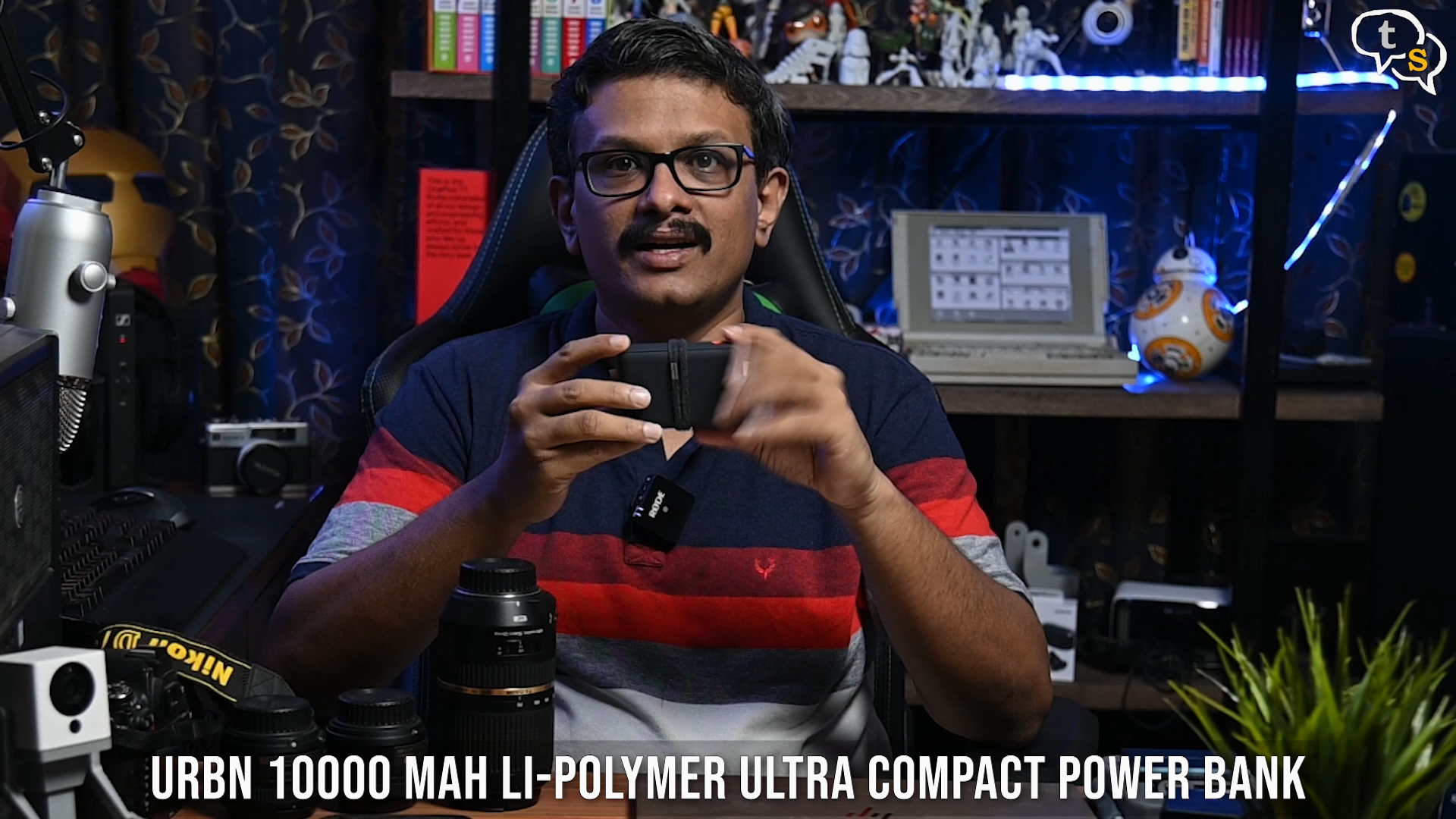
Then we have a powerbank, I have this 10,000 mAh battery bank, useful for phones and also charging up usb-devices on the go.
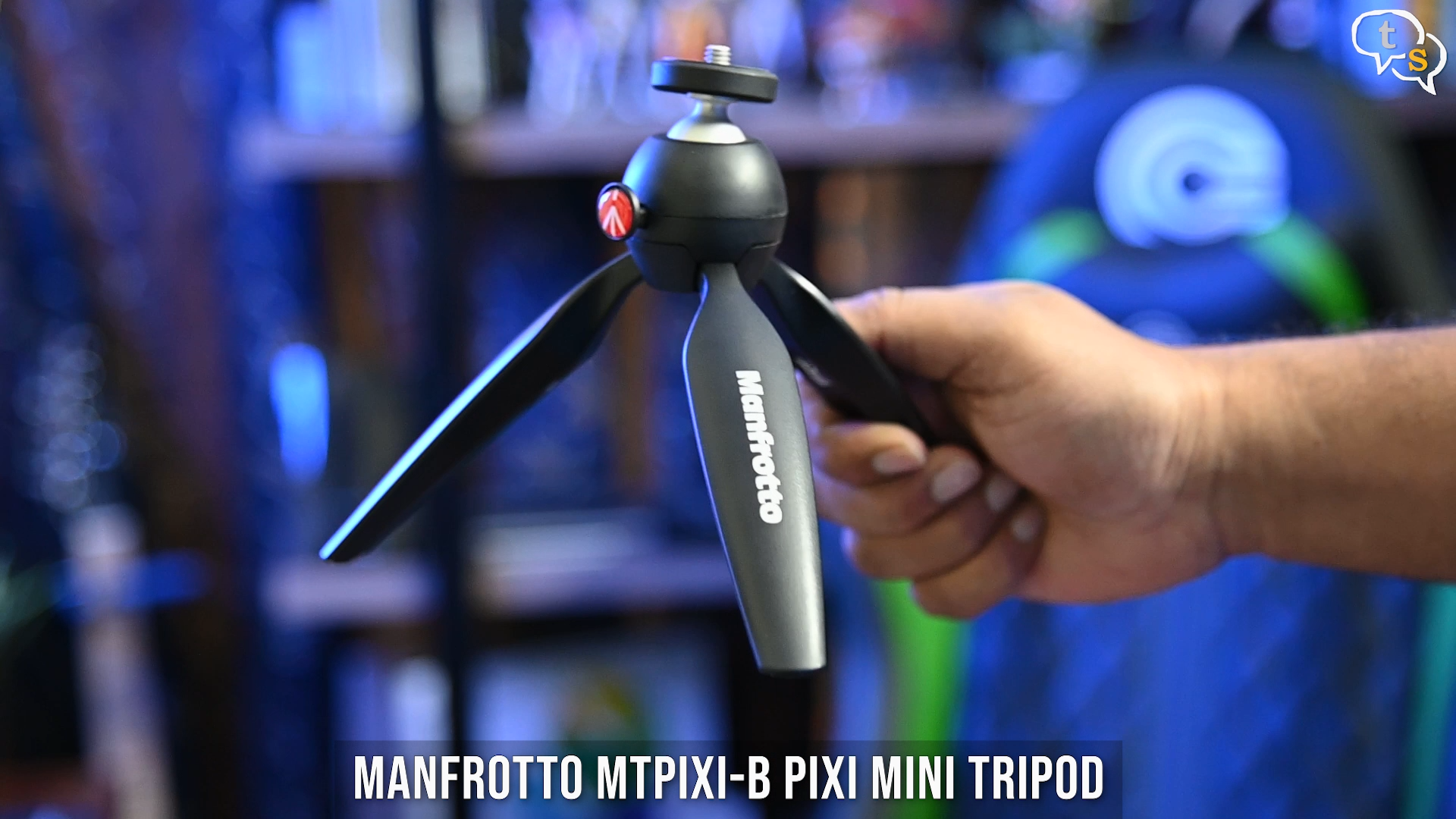
A manfrotto pixi mini, a small tripod also is in my bag, whenever I need more stability in my shots. It also acts like a handle to better hold your camera for Vlogging if necessary. It does work well with light cameras, but the heavier they are, the cameras can fall.
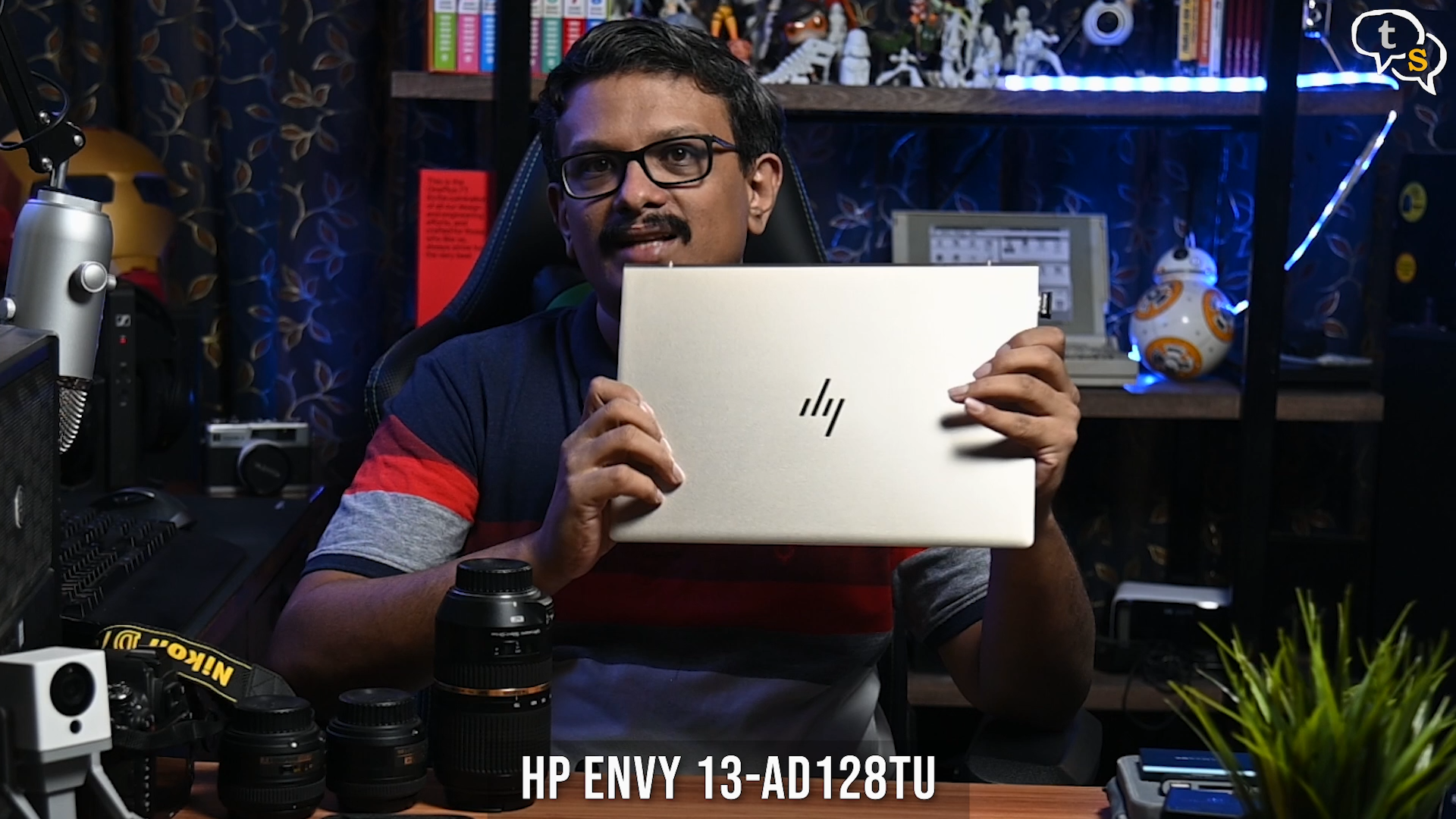
Of course the last item in my bag is the Laptop, which is my HP Envy 13 inch laptop. I just love the look of it and the leather case. This is mostly used for emails and also for backing up photos. I had upgraded to 1Tb from 256GB on this laptop, so I have much more space now.
All this about the gear, but where are the bags. Well i have three of them, and i shift between them as per how much gear i need to carry with me.
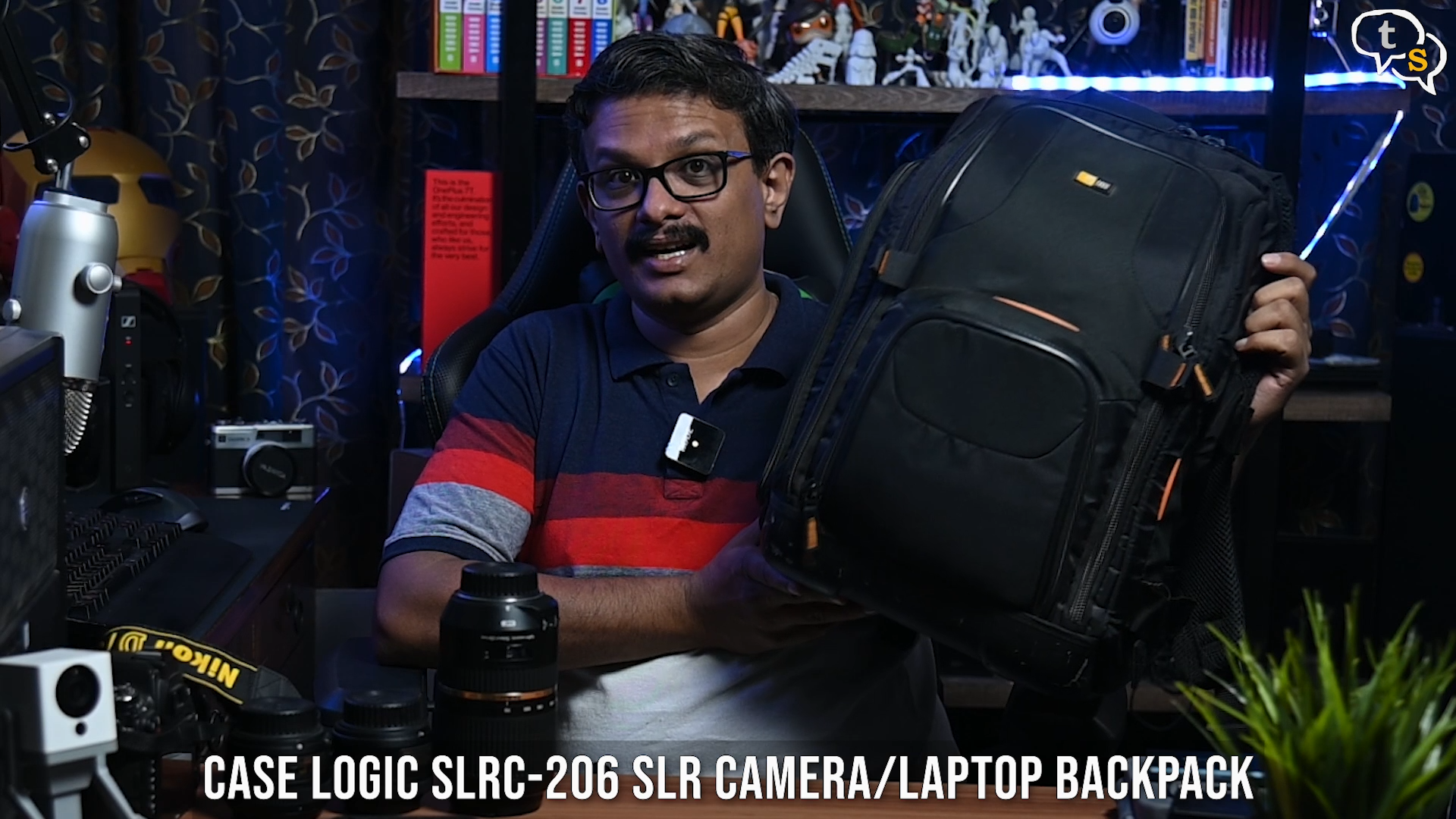
This is the Case Logic SLR-206, a beautiful camera bag. It fits all the gear I need and has this special hamhock style suspension system, which keeps the camera safe. The bag is waterproof, and the inside walls are removable and customizable.
This bag is useful when you need all your gear with you.
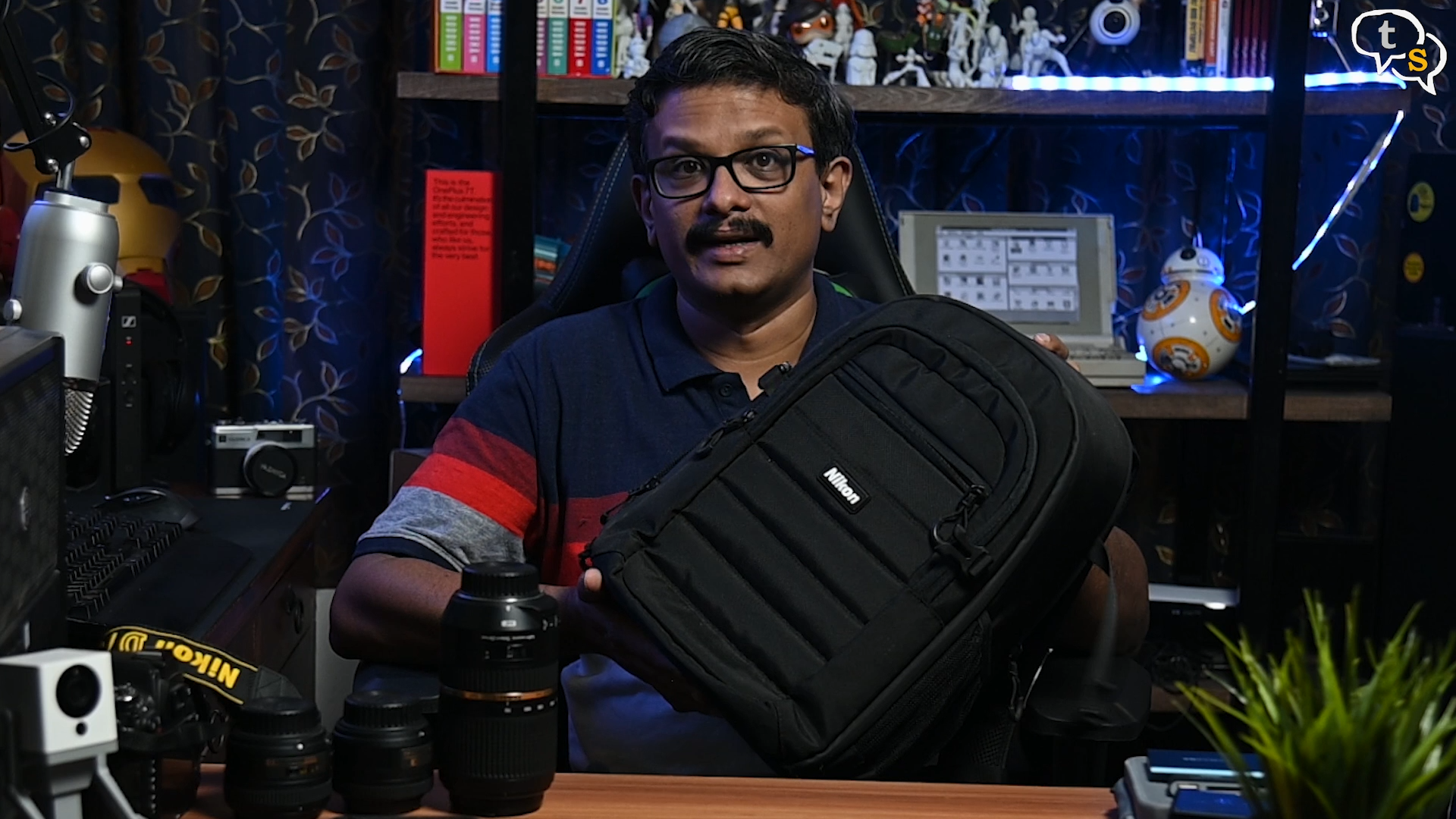
Then I have one from Nikon, which was bundled with the Z6, it’s mid-sized and can hold all the gear for one camera and another smaller one. It’s small enough to carry around, but it lacks a handle on the top which I feel is it’s only drawback.
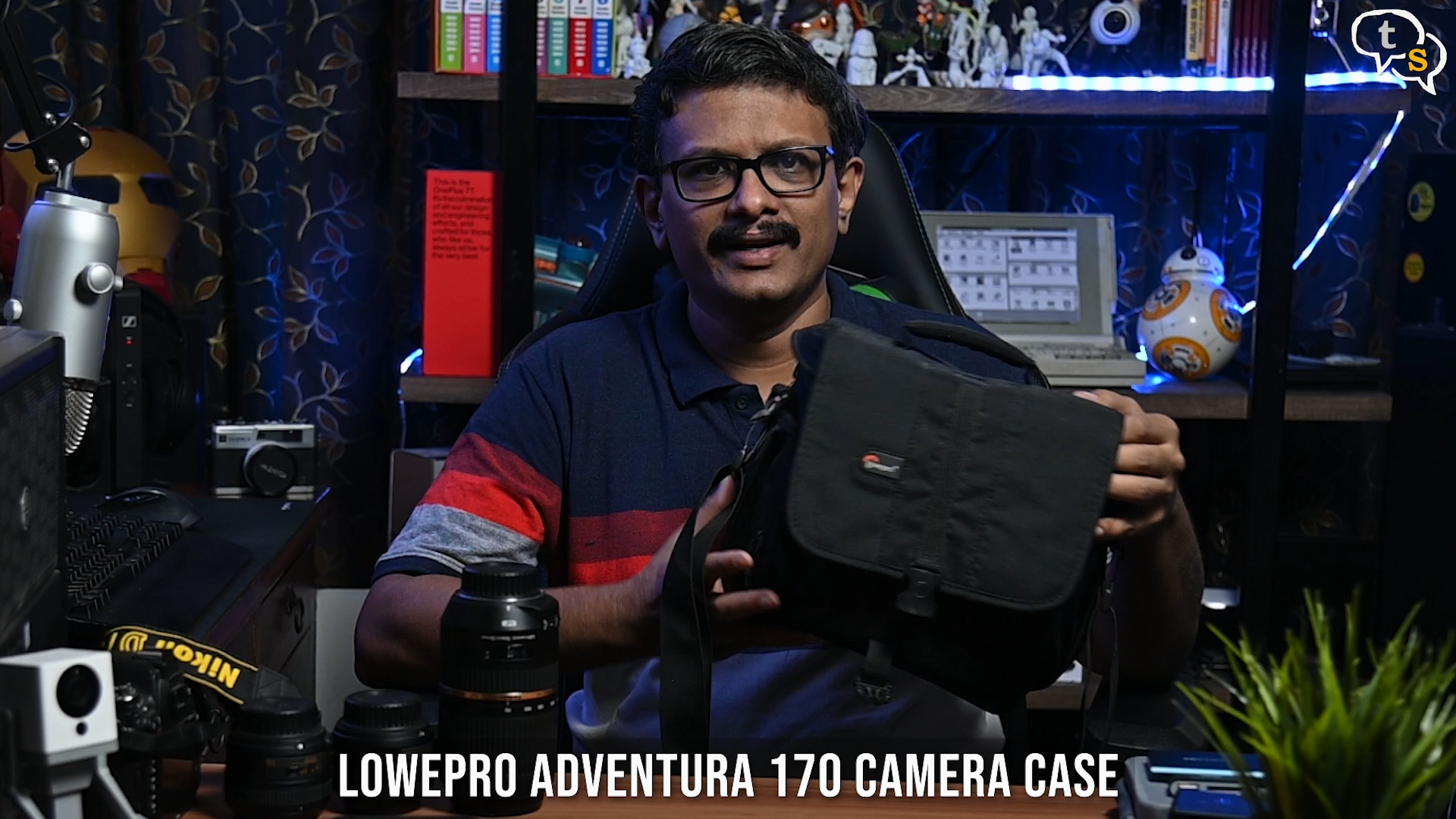
The third is a LowePro LP159 , a small camera bag, which allows to hold one camera and a lens and its accessories. This is useful if you want to travel light. Great bag, totally worth it at its price.
I do not carry everything with me all the time and what I need keeps popping in and out of the bag. So that’s what I carry in my camera bag, I hope you guy’s liked my gear and if you have questions do mail me at tech@talkingstuff.net or WhatsApp us at 9652578833.

 ?
?